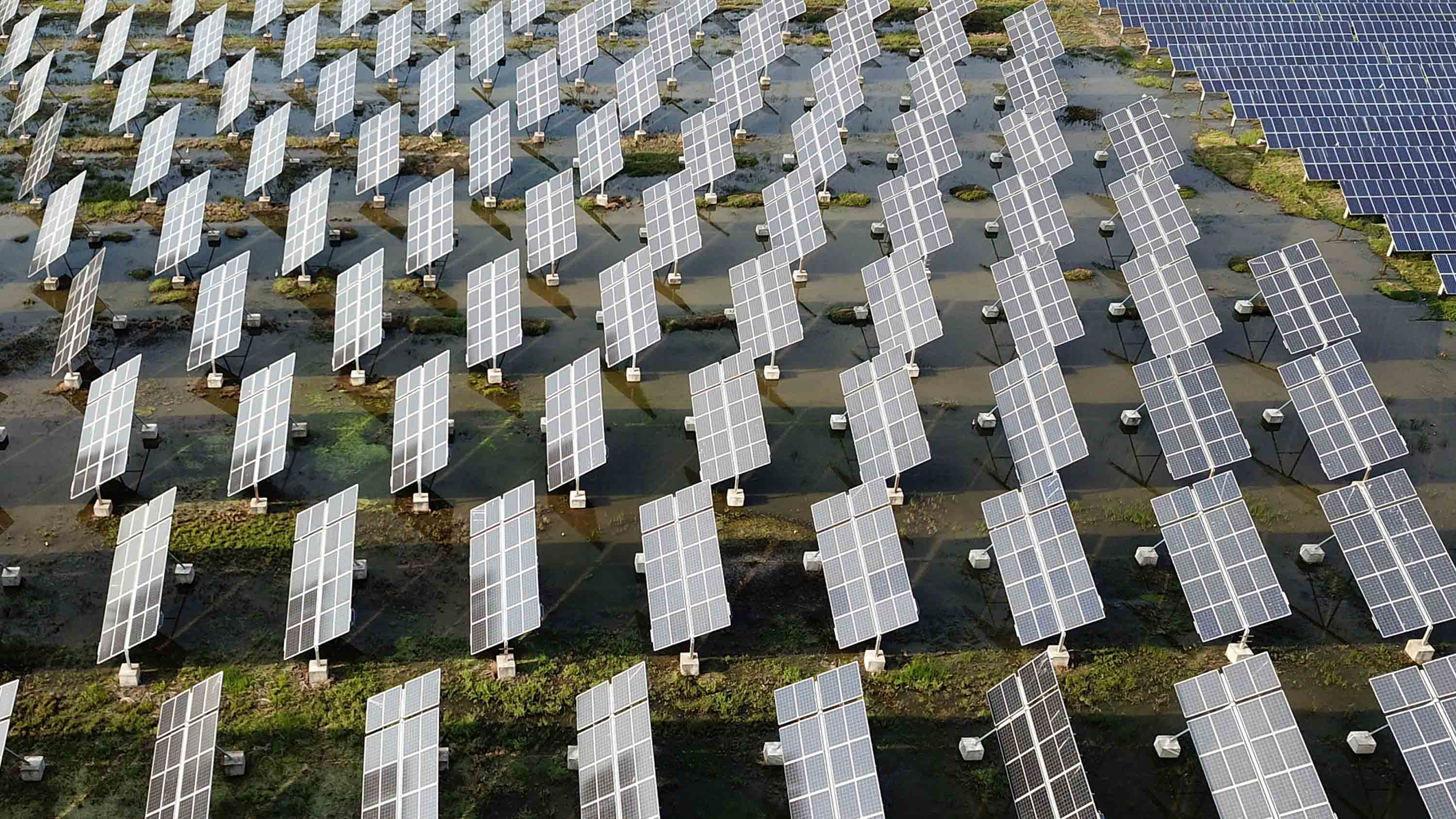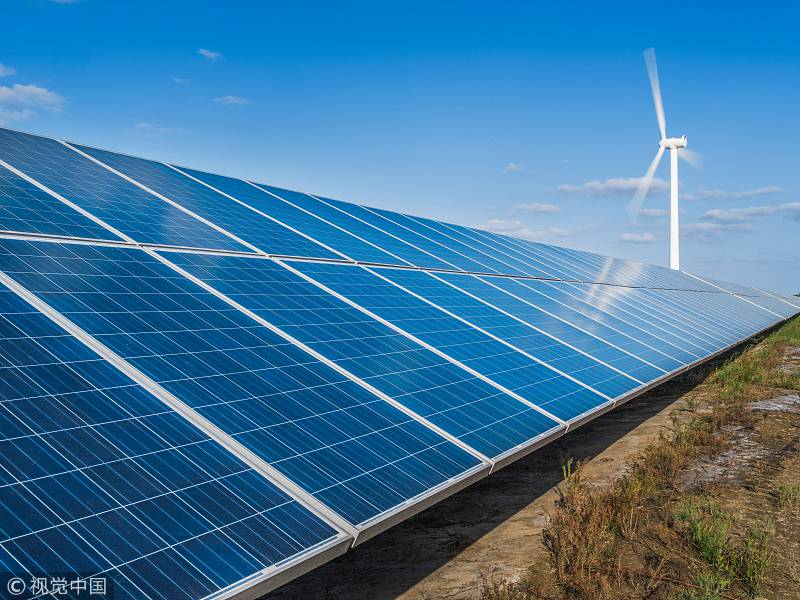
Energy
22:23, 25-Oct-2018
China Renewable Energy: China boosts solar power development
Updated
22:08, 28-Oct-2018
By Wei Diqi
02:52

China is making utmost efforts in boosting renewable energy development. Its renewable power projects continue making it more competitive with other countries.
In recent years, China's renewable energy development has put it on top of the world. By the end of 2017, renewable energy accounted for 11.7 percent of China's primary power output, and 10.4 percent of the world's. However, China remains heavily reliant on coal – a severe environmental pollutant.
According to Chai Qimin, director of International Cooperation Department of National Center for Climate Change Strategy and International Cooperation, China currently faces huge pressure in alleviating its pollution. Solar power development helps to promote innovation in new energy systems, including the formation of new business models such as the global energy Internet.

Solar power development helps to promote innovation in new energy systems. /VCG Photo
Solar power development helps to promote innovation in new energy systems. /VCG Photo
Last year, China added 50 gigawatts of solar power capacity, more than it said for coal, gas and nuclear power capacity. Since 2009, China has invested more money in clean energy production than any other country.
“Some countries like Laos and Indonesia rely largely on hydropower, while China's weakness is its coal usage. For many years, China tried to address this at the national level, but now we're working more with ASEAN nations, introducing a lot of new initiatives to become greener in our energy usage,” said Beni Surydai, the director of Policy Research and Analysis of ASEAN Energy Center.
The cooperation brings ASEAN's richness in hydropower and coal resources together with China's experience in investing and project-building. China has largely backed ASEAN's household PV and wind power efforts. Looking ahead, the focus will largely be on clean energy.
“We could learn a good lesson from ASEAN in utilizing and maximizing solar power. Also, ASEAN countries like India and Thailand have already highly targeted solar power implementation via their collaboration with China. I believe we will help them understand how to better utilize solar power,” said Surydai.
The pace of the new installation of renewable power sources has cheered defenders of the Paris climate agreement. China is now on track to uphold its commitments under the Paris climate accord.
“We are capable of achieving more than what we pledged in the Paris Agreement. We aim to lower the carbon intensity of China's GDP to 40 to 45 percent by 2020, which we achieved in 2017,” said Chai.
More and more Chinese citizens now use green energy. The country has launched a range of national low-carbon pilot projects. Many hope the results of these initiatives will contribute to an even greener future.

SITEMAP
Copyright © 2018 CGTN. Beijing ICP prepared NO.16065310-3
Copyright © 2018 CGTN. Beijing ICP prepared NO.16065310-3